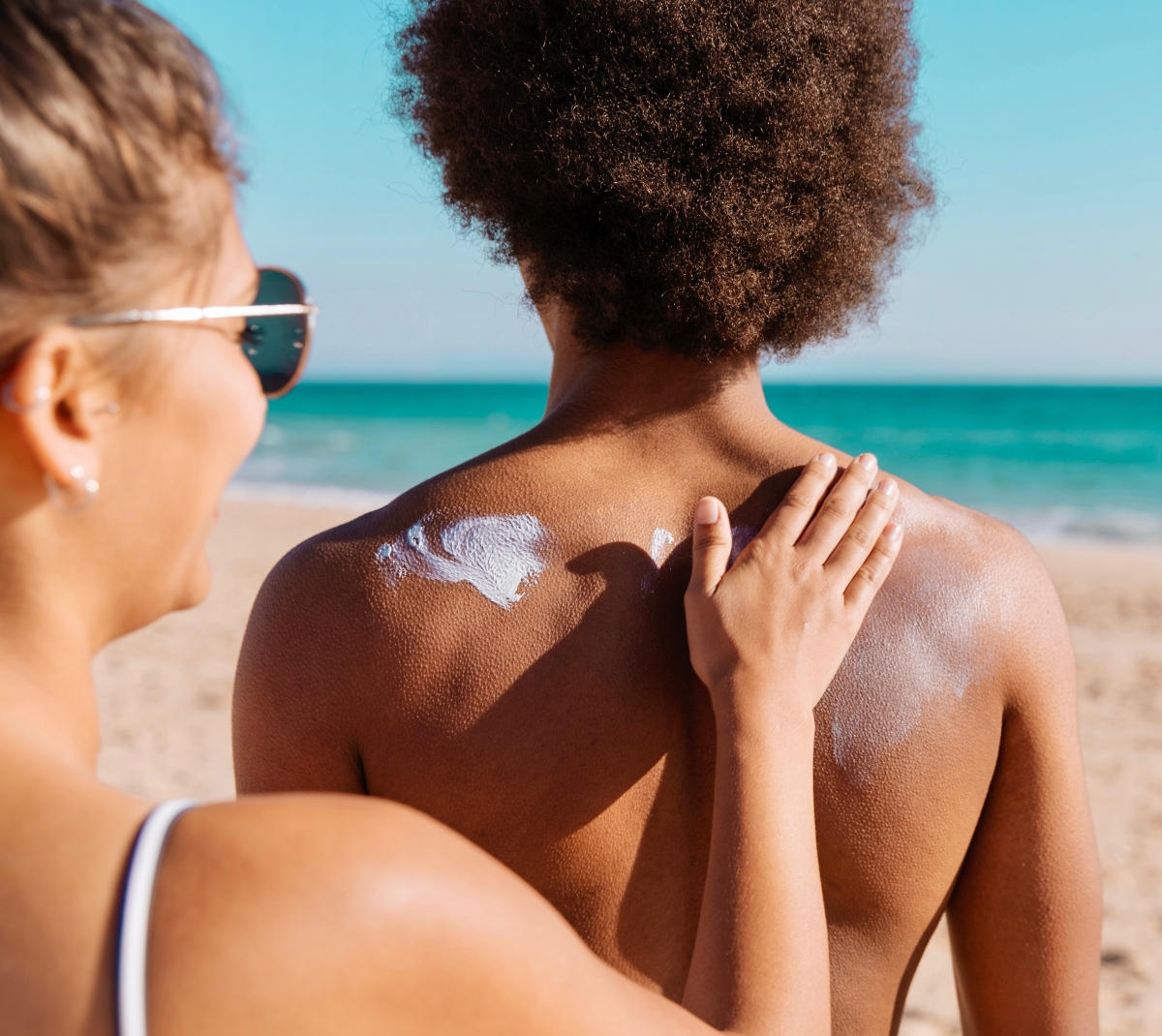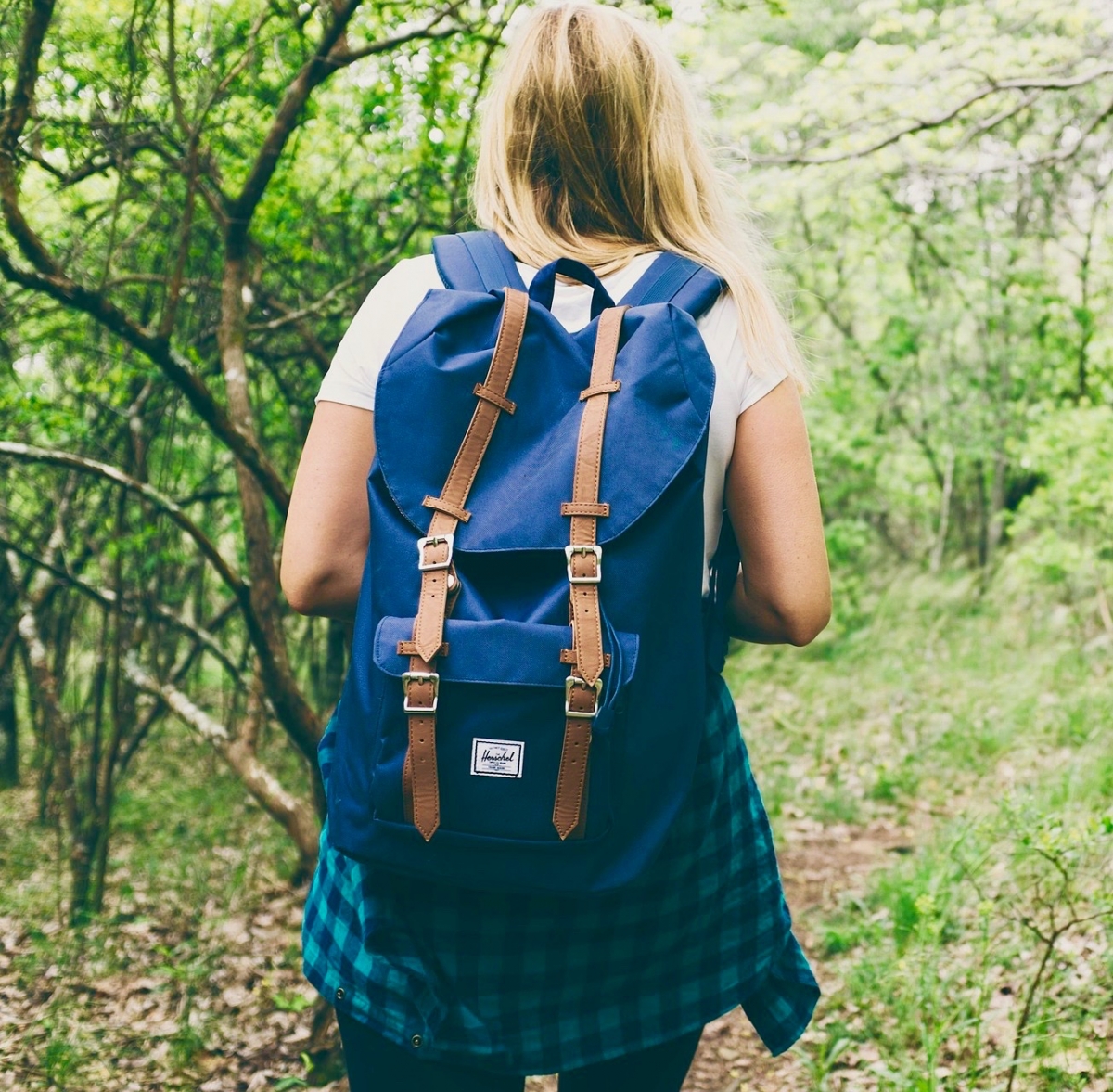 Motivating young people to disconnect from their devices can be easier said than done, especially during our physically distanced times of the COVID-19 pandemic. Setting healthy limits around screen time is important, yet challenging because the very effect of screens on the brain can make it difficult for youth to unplug:
Motivating young people to disconnect from their devices can be easier said than done, especially during our physically distanced times of the COVID-19 pandemic. Setting healthy limits around screen time is important, yet challenging because the very effect of screens on the brain can make it difficult for youth to unplug:

- Video games and positive social media interactions (such as 'likes') can change the brain's reward circuitry[1], causing spikes in dopamine [2](the pleasure hormone) that can reinforce the behavior and lead to addiction in vulnerable youth [3]
- Text based communications such as instant messaging do not provide the same rush of oxytocin (the bonding hormone)[4] or feelings of connectedness[5] as in-person or voice communication, and may leave youth feeling unsatisfied and wanting more
- Smartphones, tablets, and computers can provide a non-stop stream of doom-and-gloom, spiking cortisol (the stress hormone) and leading anxiety-prone youth to keep scrolling in search of reassurance[6]
Regardless of why youth are plugging in, adults can get creative to help them boost their feel-good neurotransmitters (and reduce their feel-bad ones), with little-to-no screentime required.
6 Ways to Help Youth Unplug
1. Discover geocaching[7]
 2. Gamify[8] anything (or everything)
2. Gamify[8] anything (or everything)
 3. Set up a voice-chat[9] oasis
3. Set up a voice-chat[9] oasis
 4. Encourage fun & healthy physical contact[10] within your household bubble
4. Encourage fun & healthy physical contact[10] within your household bubble
 5. Have a family dance off[11]
5. Have a family dance off[11]
 6. Make a daily habit of being kind[12]
6. Make a daily habit of being kind[12]
Images from freepik.com
A 2017 systematic review of over 100 studies confirmed that video gaming can cause changes in the dopaminergenic system, as well as other brain regions involved in reward, resulting in addiction.
This article from Harvard describes the effects of smartphones on the brain, as does this animated TED video.
Blum et al., (2012) describe the role of dopamine in addiction.
Vocal communication between familiar people can increase feelings of well-being in the aftermath of stress, by means of increasing oxytocin and decreasing cortisol.
A 2012 study by Seltzer et al. found that instant messaging, however, did not increase oxytocin levels or decrease cortisol levels in a sample of female children who instant messaged their mothers following a stressful event.
This led researchers to conclude that vocal communication has a special role in moderating the stress response.
Geocaching is a real-life, worldwide treasure hunt that anyone can join! All you need is a smart phone with internet and GPS capabilities, an outdoor space to explore (it can be urban, rural, or wild!), and a sense of adventure.
Environment and genetics, among other factors, interact to create an elevated vulnerability to addiction in some individuals.
From the perspective of genetics, individuals with the A1 variant of the DRD2 gene have significantly fewer dopamine receptors in the brain, and are more likely to struggle with addiction.
Approximately 1/3rd of the American population have the A1 variant.
A 2013 study conducted on pairs of adolescent and young adult female friends found that the greatest bonding occured during in-person interaction, followed by video chat, audio chat, and instant messaging, in that order.
A 2020 study found that problematic smart phone use was linked to excesive reassurance seeking, rumination, anxiety, and depression in a sample of 295 college students.
"Gamifying" refers to incorporating typical elements of game playing such as point scoring, competition with others, or rules of play, into an activity.
Gamifying household chores, a family outing, or an outdoor adventure can mimic the elements of video gaming that fire up the brain's dopamine response, and can be a creative way to encourage youth to put down their screen and participate more fully in family life.
Set up a corner of the house or back yard with a comfy chair, refreshments, and yummy snacks. Youth may think that talking on the phone is so 90s, but the 90s are making a comeback! Remind youth that a voice call can be more efficient than a text convo drawn out over the whole day, and leads to greater feelings of closeness and connectedness according to science.
Affectionate touch is a natural oxytocin booster! Do crazy hairdos together or copy the coolest youtuber, offer tired feet a foot rub, or lend a hand slathering sunscreen on those hard to reach places - with permission of course. Consent is key - make sure to offer instead of assume it's ok, and ask if it's ok every time.
Exercise is sure to get hearts pumping and endorphins flowing! Tik tok (a popular app used to create videos) is no match for a family dance off. Just be sure to let the teen be the judge - teens are excellent at judging.
Support youth to perform small acts of kindness often, and lead by example.
Being kind boosts oxytocin, dopamine, serotonin, and possibly even endorphins, enhancing feelings of happiness and well-being.
